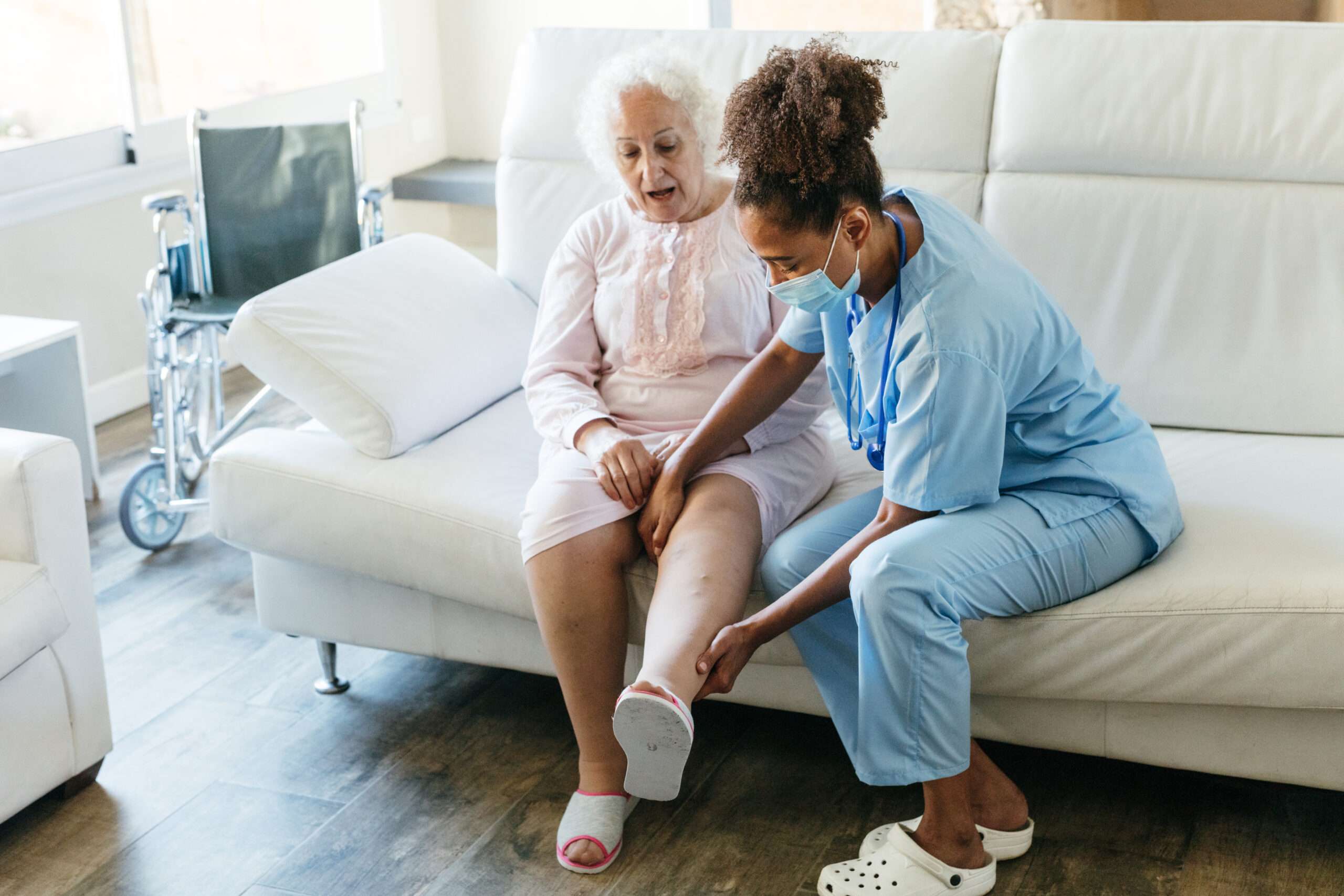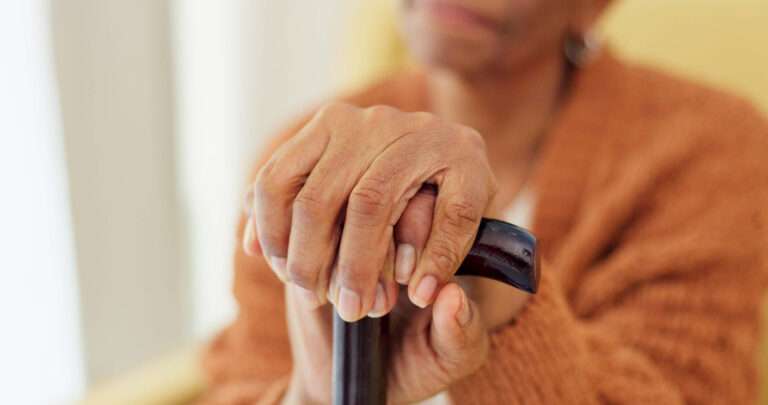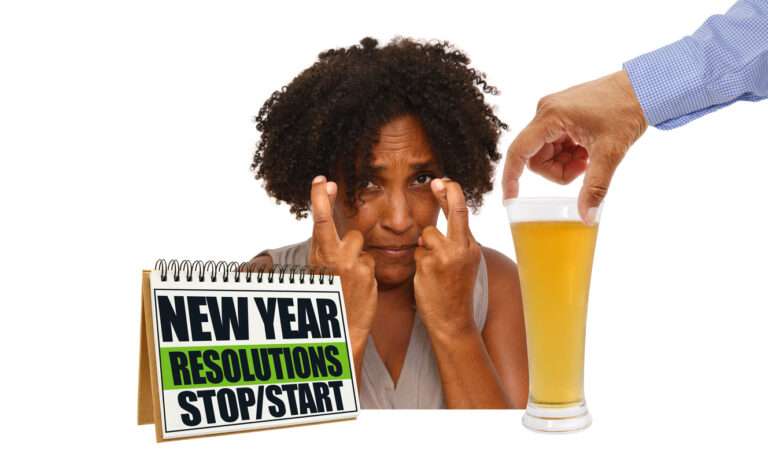Venous insufficiency, also known as vein disease, occurs when the veins stretch and allow blood to flow backward. This common condition manifests as visible veins, varicose veins, and swelling, accompanied by symptoms such as itching, burning, heaviness, cramping, and pain in the legs. The five main risk factors for vein disease are genetics, weight, age, pregnancy, and prolonged periods of sitting or standing at work.
Genetics plays a significant role in the risk of vein disease. If one parent has the condition, there is a 50% chance of inheriting it. With both parents affected, the risk increases further. Although everyone experiences some vein stretching, individuals with a genetic predisposition are more susceptible to vein disease.
Weight is a crucial factor in the progression of vein disease. Excess weight increases pressure in the legs, straining the veins. This elevated pressure slows down the return of blood, causing it to accumulate in the veins and exert even more pressure.
Vein symptoms tend to worsen with age as the veins gradually lose their elasticity. Over time, the veins are unable to maintain their shape, leading to damage and increased symptoms.
Pregnancy poses a higher risk for vein disease in women. Hormonal changes and increased blood volume during pregnancy cause vein dilation to accommodate the excessive blood volume. Veins may remain dilated even after childbirth and breastfeeding, leading to the development or exacerbation of spider veins and other vein-related symptoms.
Prolonged periods of sitting or standing at work can contribute to the progression of vein disease. When standing or sitting, the blood in the legs faces the challenge of pumping against gravity to reach the heart. If the veins are already affected by the disease, compromised valves impede efficient blood return. This slow circulation causes blood to accumulate in the veins, resulting in symptoms like swelling, heaviness, aching, cramping, and other venous issues. The excess blood in the lower legs exerts pressure on the veins, causing further stretching.
Although these common risk factors for vein disease cannot be entirely prevented, awareness of them can help individuals adopt behaviors that limit its impact. Maintaining a healthy weight and regular exercise can slow down disease progression. Some individuals find relief by wearing medical-grade compression hose, which provides added support. It is also beneficial to elevate the legs and engage in regular movement to promote blood circulation when sitting or standing for extended periods. If symptoms worsen, seeking professional help, such as visiting Reincke Vein Center, can provide options for improving vein health.








